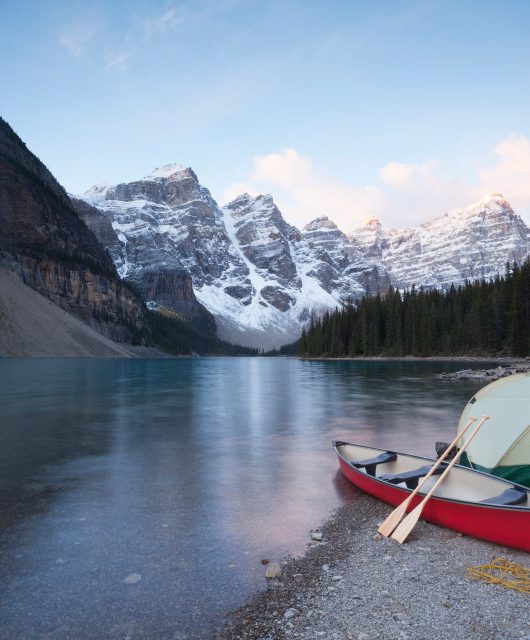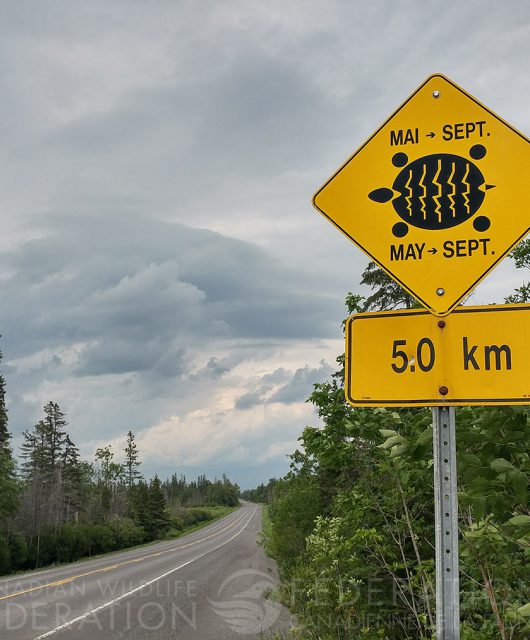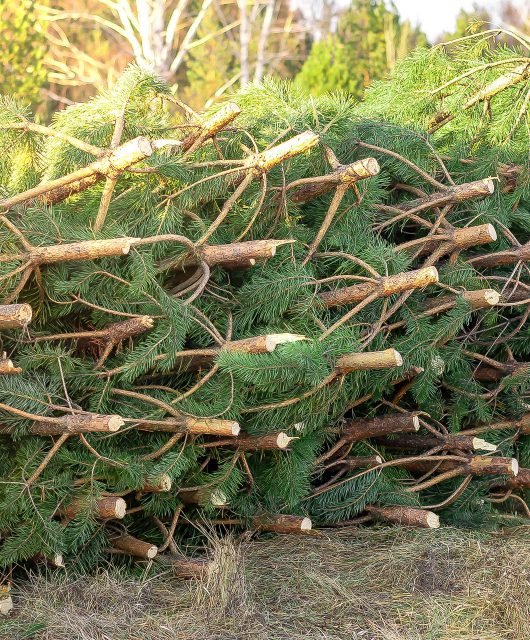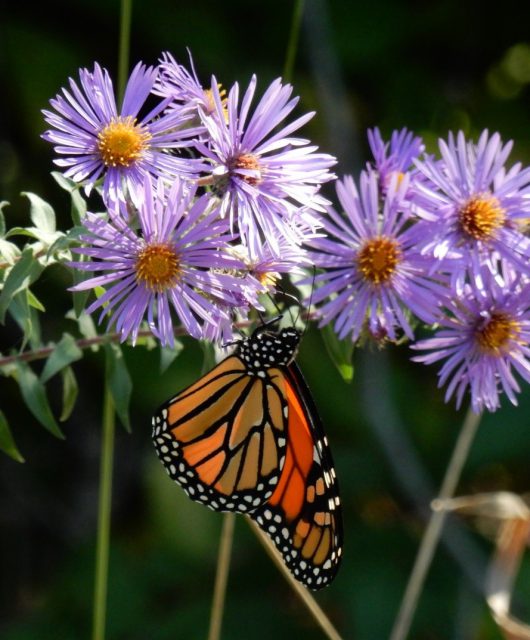New Species Rewrite the Tundra’s Story
Beavers in the Arctic? That’s right, you read it correctly. When you picture the Arctic, what comes to mind? Snow, ice, frigid temperatures, and perhaps the iconic Polar Bears, seals or reindeer. But the Arctic is changing. The effects of climate change are transforming this vast tundra, opening the door for wildlife to venture into the region in ways never seen before.
Why Are Animals Heading North?

Climate change is reshaping ecosystems across the globe; none more so than the polar regions. As temperatures rise, regions such as the Arctic are becoming more inviting to species that once thrived only in southern latitudes. Shrubs and vegetation are creeping into the tundra, providing food for animals such as beavers, Moose and Snowshoe Hares. Meanwhile, warmer ocean temperatures are creating pathways for Pacific salmon to explore Arctic rivers and streams. Even migratory birds are altering their schedules, arriving earlier at their breeding grounds and leaving later.
This migration is not just an accidental drift, it is a response to profound environmental changes unfolding in the Arctic. Longer growing seasons, thawing permafrost, and new corridors created by retreating ice are encouraging wildlife to push further north. However, this movement isn’t without consequences. These migrations are transforming ecosystems that evolved over thousands of years to thrive under much colder conditions.
The Beaver’s Arctic Tale
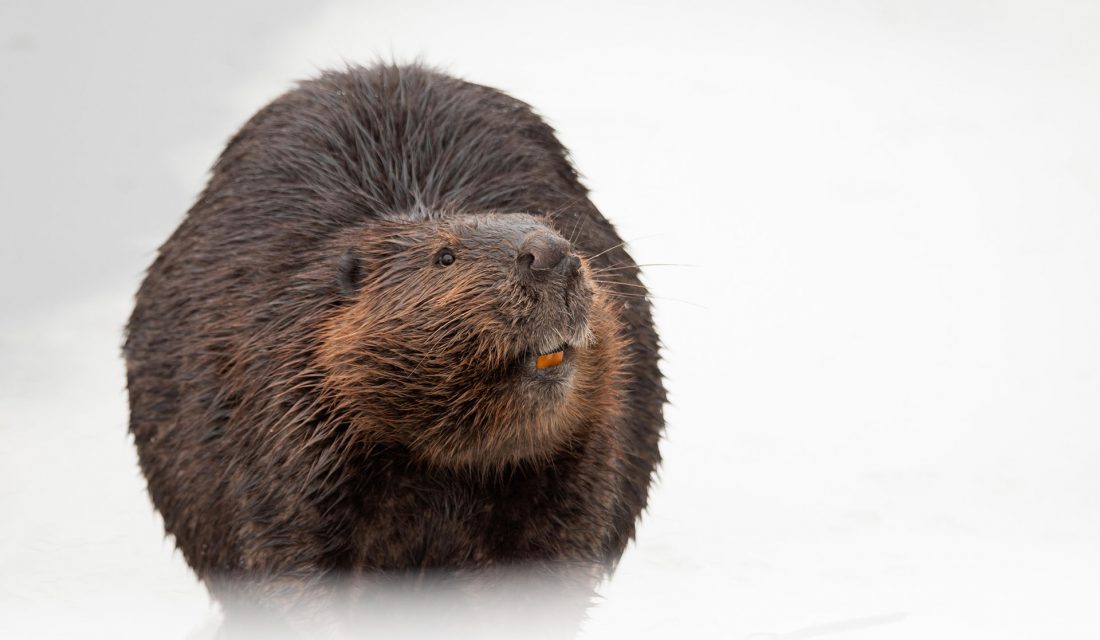
Perhaps no species illustrates this transformation better than the beaver. Once confined to boreal forests, these industrious animals have entered into the tundra region, bringing their remarkable ability to reshape landscapes. Thanks to the expansion of shrubs and saplings in the Arctic, beavers have access to food and materials for their dams. Warmer winters and more open water make it easier for the ponds they create to remain unfrozen.
In western Alaska, satellite images now show streams once characterized by smooth flows dotted with black patches – beaver ponds. These ponds have surged dramatically, doubling to at least 12,000 in Alaska’s Arctic tundra in just the past 20 years.
Beaver ponds offer many benefits such as creating habitat for other species, storing water, sequestering carbon, and even slowing wildfires. However, their presence in the Arctic is a double-edged sword. The ponds they create can accelerate permafrost thaw, releasing methane – a greenhouse gas far more potent than carbon dioxide – into the atmosphere.
Researchers estimate that nearly half of the world’s species are already on the move due to climate change, and beavers serve as a powerful symbol of the upheaval. The question remains: are they helping other species adapt by providing refuge in the Arctic or are they causing more harm than good? Either way, their presence is a stark reminder of how climate change is reshaping ecosystems in unexpected ways.
Salmon Surge in the Arctic
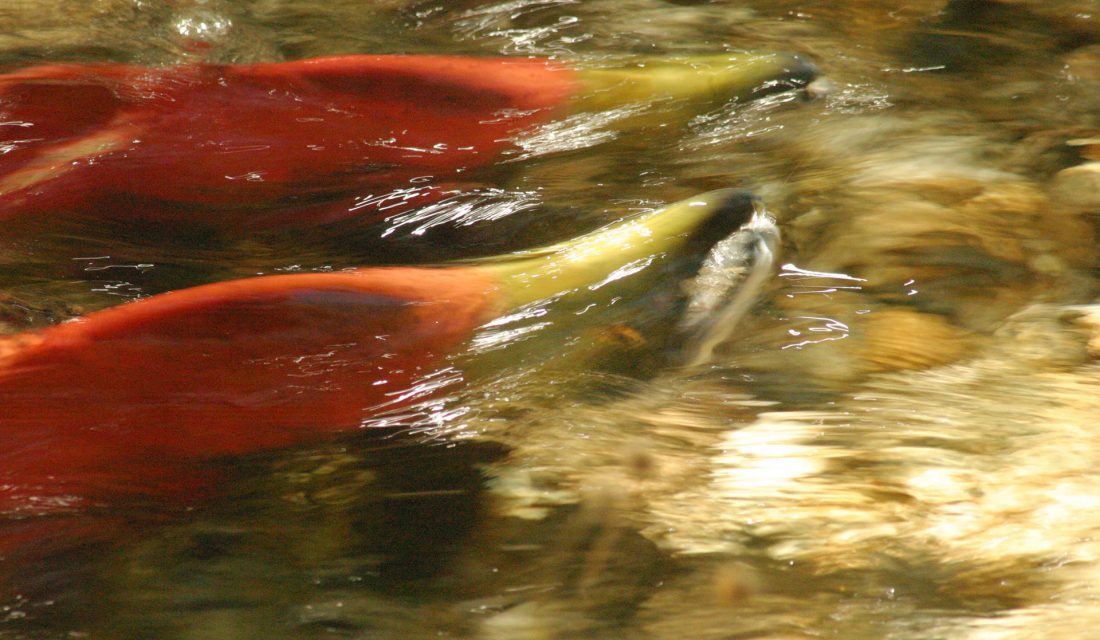
The growing presence of salmon in Arctic waters is sparking both curiosity and concern. While it may be an example of how nature adapts to change, others worry about the impact on native fish species and traditional fishing practices. Researchers at Fisheries and Oceans Canada and the University of Alaska Fairbanks, working together with communities in the western Canadian Arctic, have linked salmon booms in the region with a sequence of warm, ice-free conditions. This is another indication that climate change is allowing species to expand their range.
Looking Ahead
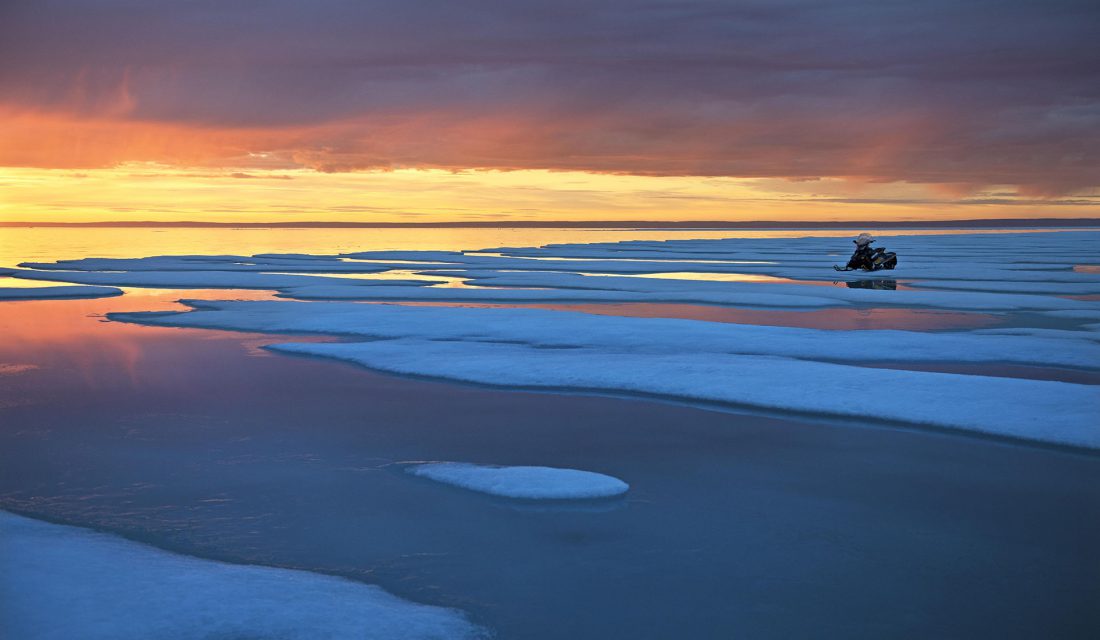
The shifting wildlife landscape of the Arctic is a vivid example of how climate change is reshaping ecosystems on a global scale. It highlights nature’s resilience while also exposing its vulnerabilities. The migrations we’re witnessing today are a wake-up call—an opportunity to learn, adapt, and act before the ecological consequences become irreversible.

